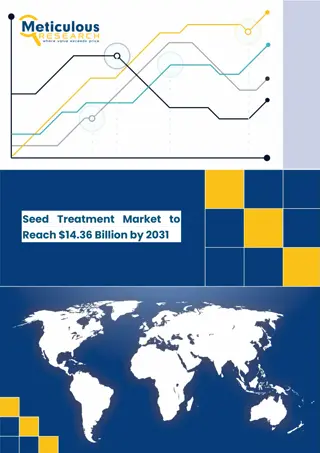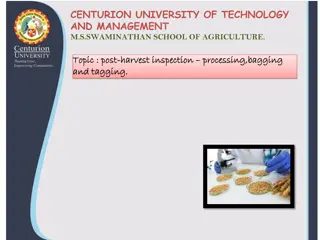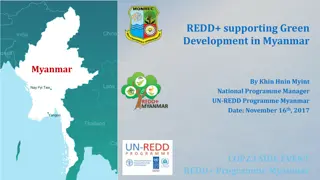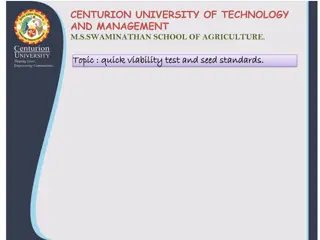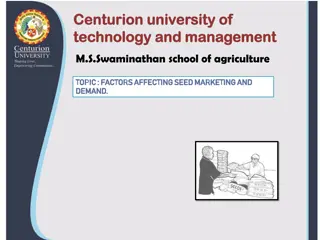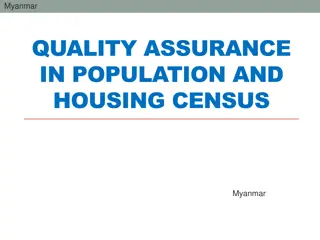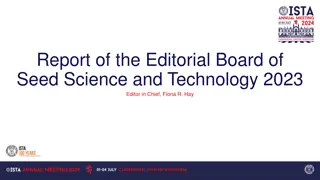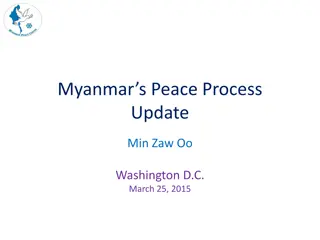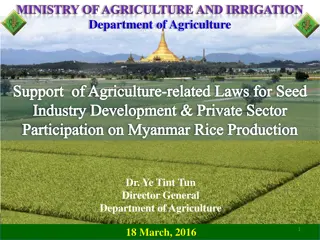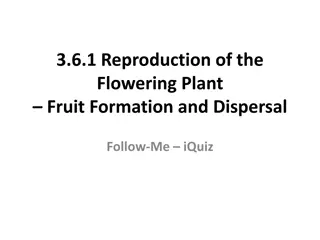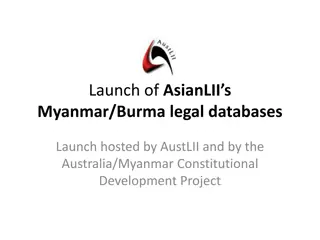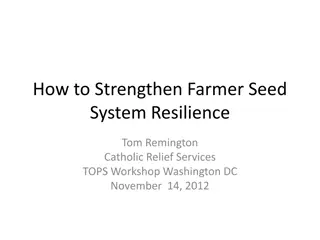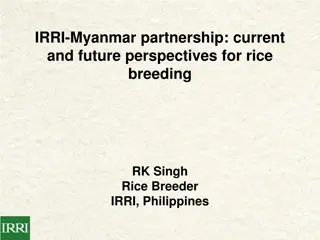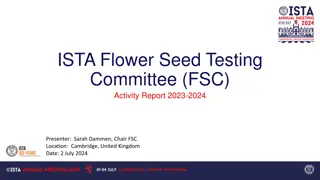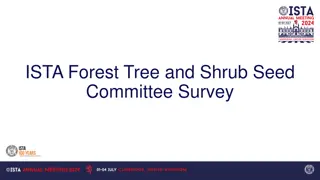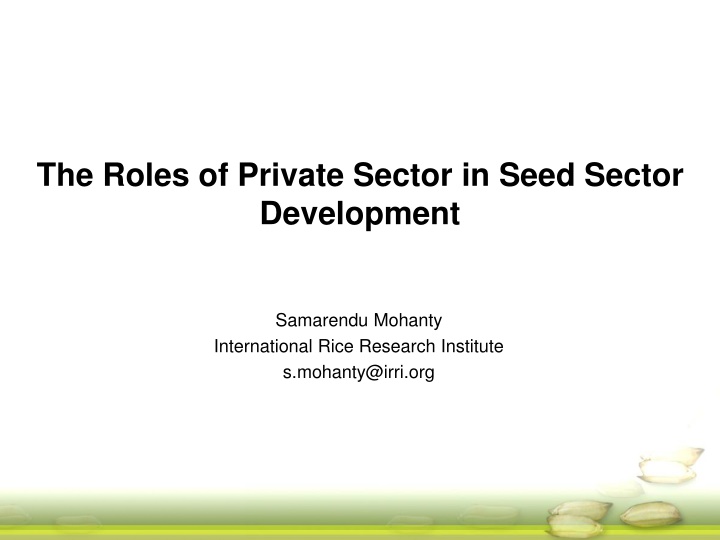
Private Sector's Role in Seed Sector Development and Rice Transformation
Explore the pivotal role of the private sector in seed sector development and the transformation of the rice industry, including innovative models of land consolidation, seed system functions, enablers for commercial seed sector development, and creating a conducive environment for private sector involvement. Discover how strengthening seed systems can influence release strategies and regional policies for sustainable impact.
Download Presentation

Please find below an Image/Link to download the presentation.
The content on the website is provided AS IS for your information and personal use only. It may not be sold, licensed, or shared on other websites without obtaining consent from the author. If you encounter any issues during the download, it is possible that the publisher has removed the file from their server.
You are allowed to download the files provided on this website for personal or commercial use, subject to the condition that they are used lawfully. All files are the property of their respective owners.
The content on the website is provided AS IS for your information and personal use only. It may not be sold, licensed, or shared on other websites without obtaining consent from the author.
E N D
Presentation Transcript
The Roles of Private Sector in Seed Sector Development Samarendu Mohanty International Rice Research Institute s.mohanty@irri.org
Rice Sector Transformation Mechanization Feminization Virtual land Consolidation Branding Quality upgradation Healthier and nutritious rice Vertical integration Farm level Consumer level Off-farm opportunities Outmigration Aging farmers Sustainability (land and water) Population growth Income growth Urbanization Diversification
Innovative Models of Land Consolidation Small Farmer Large Field Scheme in Vietnam Rice Commercialization scheme in Suphan Buri, Thailand
Seed System Functions Varietal development and release: primarily public sector Seed multiplication and processing: private sector Seed marketing and distribution: private sector
Enablers for commercial seed sector development Strong agricultural market: Farmers have the opportunity to sell their produce Strong public sector breeding program to develop new varieties Public sector breeders should be connected to the demand and priorities of consumers National and international research organizations must have mechanism to provide source seed to anyone who wants to multiply Knowledgeable farmers and strong farm level seed management system Supporting regulatory framework for seeds
Conducive environment for private sector involvement Private sector access to breeding lines and improved seeds Relaxing varietal release procedures and requirements Provide equal footing to private sector enterprises Encourage private sector, NGOs and contract growers to take up seed multiplication and processing
Strengthen seed systems & influence release strategies and regional policies to facilitate adoption and impact Initiated through STRASA (Stress Tolerant Rice for Africa and South Asia) Ten-year project funded by BMGF, covering 3 countries in S. Asia and 18 countries in Sub- Saharan Africa Drought Floods Salt stress
Mobilizing partnership Ensure ownership by national programs by aligning objectives with their priorities Engage private sector in production and marketing of seeds of ST inbred varieties Over 350 small and medium private seed producers involved Over 15 large public and private sector seed companies and corporations Strengthen public-private sector partnership (NSC of India and Nepal)-appropriate for inbred varieties Challenge: supply of sufficient breeder and foundation seeds; information on market needs
Estimate of Seed Produced in 2014 Available for use in 2015: 183,500 tons Submergence tolerant varieties: 125,500 tons Drought tolerant varieties: 42,750 tons Salt tolerant varieties: 15,250 tons Area coverage (@ 50 kg/ha) : 3.67 million ha Estimates of farmers to be reached (0.45 ha/farmer): 8.0 million
Bangladesh-India agreement signed on 17 February 2013 Joint varietal evaluation and release Reciprocal recognition of evaluation data for varietal release Reducing time for the evaluation of varieties released in neighboring countries for similar agroecologies Acceptance of PVS data as primary data for varietal release Prerelease seed multiplication & promotion Encouraging private sector by providing level playing field Harmonization of seed system Germplasm exchange
India-Bangladesh Agreement Extended to Nepal (18 October 2014 ) Three countries agreed to share the evaluation data and varieties released in their respective countries for release and commercialization in the other two countries.
Outcome of the Agreement India is in the process of notifying the following varieties released in Bangladesh: BINA dhan 8, BINA dhan 10, BINA dhan 11, & BINA dhan 12 Direct notification for WB, Assam, and Odisha One-year evaluation for notification in other states India is in the process of notifying the following varieties released in Nepal: Sukha dhan 5 & Sukha dhan 6 Direct notification for UP and Bihar One-year evaluation for notification in other states
Further expansion of this tricountry agreement to include Myanmar IRRI can facilitate the Secretarial level meeting either in New Delhi or Naypyidaw.

